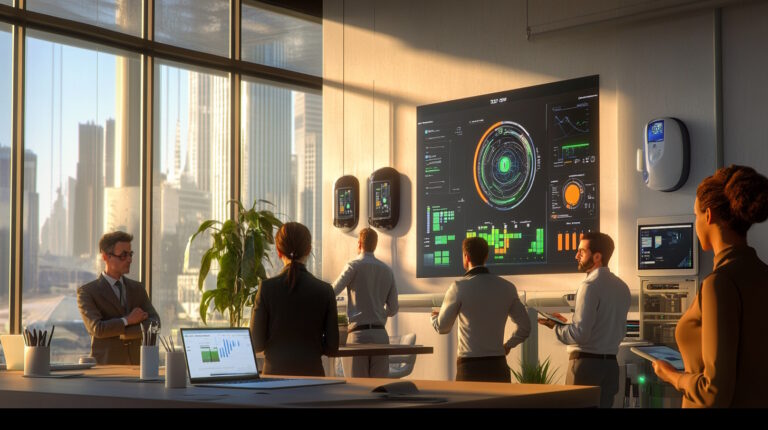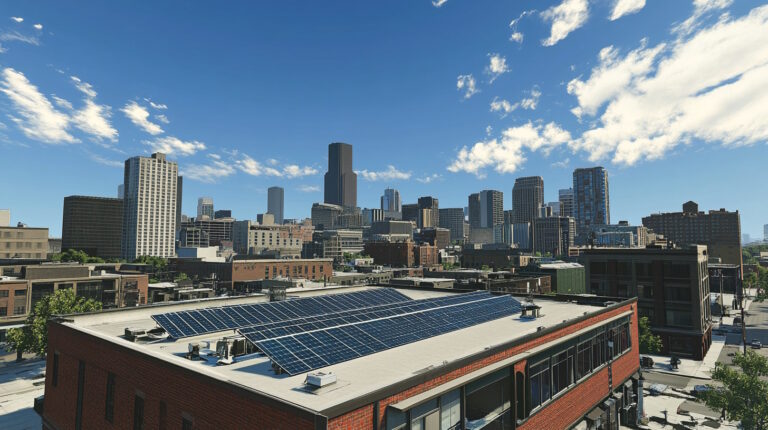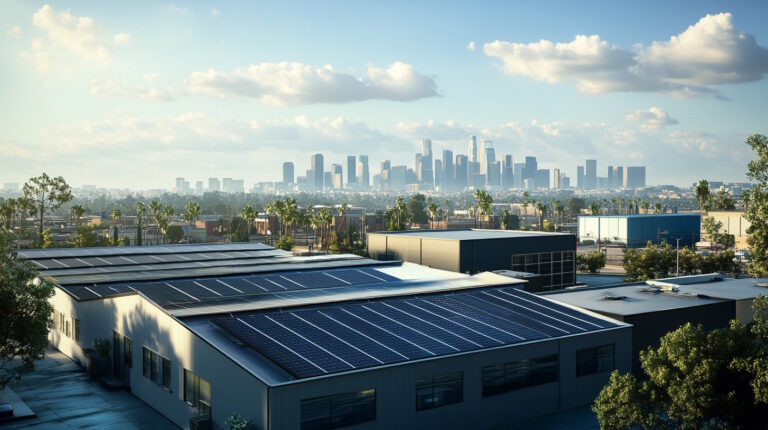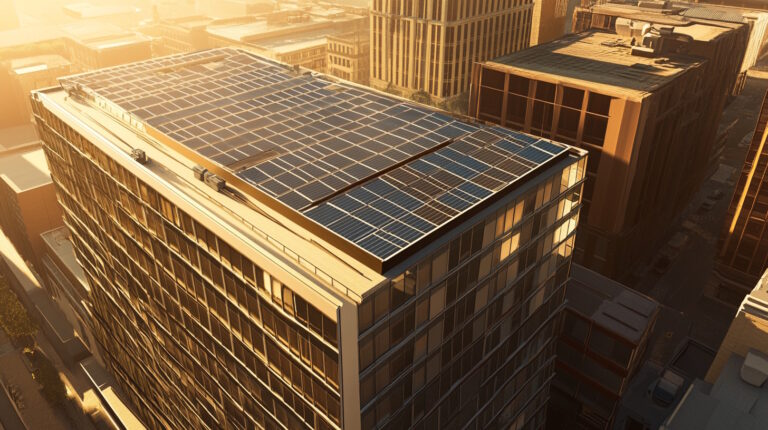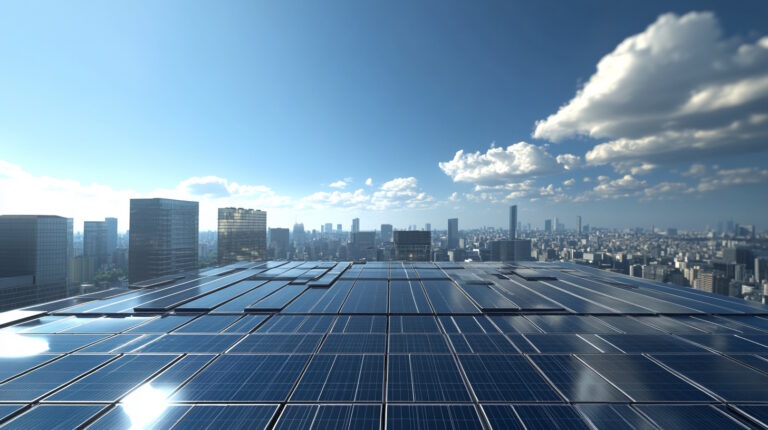Article Insights
- Understand the BERDO compliance penalties and how they can impact your business.
- Learn about the steps necessary to avoid BERDO fines and maintain compliance.
- Gain insight into Boston’s energy reporting requirements and how they benefit your property’s sustainability goals.
- Discover actionable strategies to protect your property from legal and financial risks.
Introduction
As Boston moves toward a greener future, compliance with the Building Energy Reporting and Disclosure Ordinance (BERDO) has become essential for commercial property owners. Designed to reduce emissions and promote energy efficiency, BERDO holds property owners accountable for their energy use.
However, non-compliance can lead to significant BERDO compliance penalties that affect not only your bottom line but also your reputation.
In this article, we’ll explore the penalties tied to non-compliance, highlight actionable steps to avoid BERDO fines, and demonstrate how proactive measures can benefit your property’s value and sustainability efforts.
What is BERDO and Why It Matters
BERDO, or the Building Energy Reporting and Disclosure Ordinance, is a critical part of Boston’s plan to achieve carbon neutrality by 2050. This ordinance mandates that commercial property owners annually report their energy and water usage for properties over 20,000 square feet.
The goal of BERDO is not just compliance—it’s about creating a more sustainable city. By measuring and disclosing energy usage, property owners are encouraged to identify inefficiencies and adopt cleaner energy practices.
Compliance demonstrates your commitment to Boston’s sustainability goals while avoiding unnecessary penalties.
Penalties for BERDO Non-Compliance
Failing to comply with BERDO requirements carries severe financial consequences. BERDO compliance penalties include fines that range from $75 to $200 per day for missed reporting deadlines, inaccurate submissions, or failure to act on energy performance improvement plans.
Over time, these penalties can accumulate, creating substantial financial strain for property owners.
For example, consider a mid-sized commercial building owner who missed their reporting deadline by two months. With penalties accruing daily, they faced fines totaling thousands of dollars. This could have been avoided with proper planning and monitoring systems in place.
Including a visual aid here, such as a table summarizing specific penalties by violation type, can help readers quickly grasp the financial implications.
How to Avoid BERDO Fines
Avoiding BERDO fines requires a proactive approach and a clear understanding of your responsibilities as a property owner. The first step is to ensure timely and accurate reporting.
Property owners should schedule energy audits and regularly monitor energy use to maintain compliance with BERDO’s guidelines.
Partnering with energy consultants is another effective strategy. These experts can streamline the reporting process and provide actionable insights for improving energy efficiency.
Additionally, many property owners are turning to compliance software to automate data collection, reporting, and deadline reminders.
Creating a compliance checklist is also essential. This should include tasks such as verifying building information, conducting energy assessments, and submitting reports well before deadlines.
By taking these steps, you can mitigate risks and stay on top of evolving requirements.
Benefits of Staying Compliant
Beyond avoiding penalties, staying compliant with Boston energy reporting requirements offers several long-term advantages. Compliance demonstrates environmental responsibility, which can enhance your property’s marketability.
Tenants increasingly prefer sustainable buildings, and adhering to BERDO standards can attract high-quality tenants who value energy efficiency.
Additionally, energy-efficient properties often have lower operating costs. Identifying inefficiencies and implementing improvements can lead to significant energy savings over time.
This not only reduces utility expenses but also increases the overall value of your property.
Most importantly, compliance aligns your property with Boston’s vision for a sustainable future. By participating in initiatives like BERDO, you play a key role in reducing the city’s carbon footprint while enhancing your building’s reputation.
BERDO Compliance
Compliance with BERDO is no longer optional—it’s a necessary step for commercial property owners who want to stay ahead of financial risks and legal repercussions.
Non-compliance can lead to costly BERDO compliance penalties, but by taking proactive measures, you can safeguard your property and contribute to a greener Boston.
From scheduling regular energy audits to leveraging compliance tools, the path to avoiding BERDO fines is straightforward when approached with diligence.
Ensure your property meets Boston energy reporting requirements, and you’ll not only protect your bottom line but also position yourself as a leader in sustainability.
Take the first step toward compliance today—your property, your tenants, and the planet will thank you.


